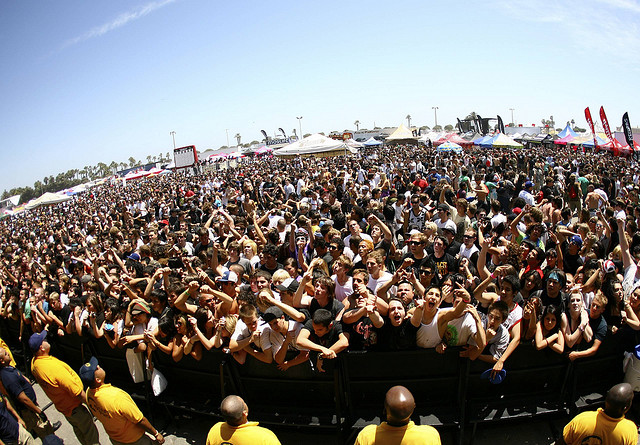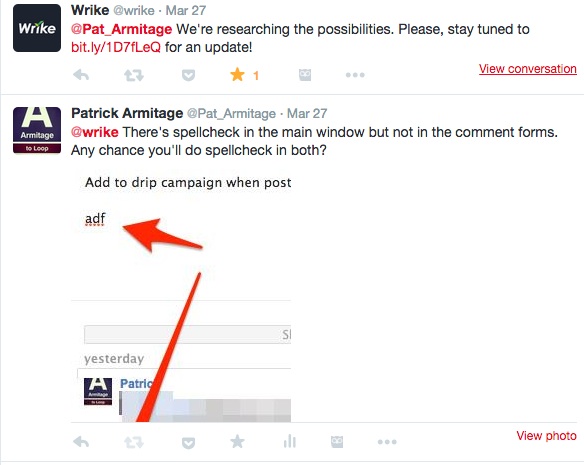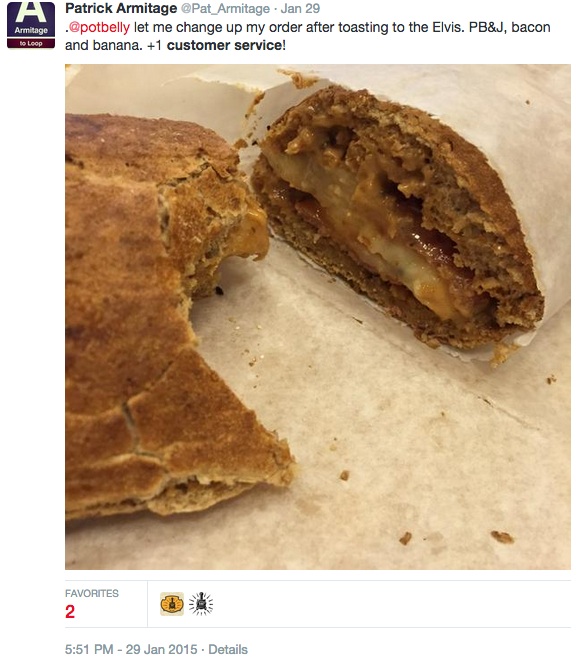I’m a millennial. I love comparing my sensibilities against the research showing how best to market to me. Of late, I’ve been seeing a lot of articles about marketing to millennials and wanted to share a few notable takeaways (with my $.02 in italics).
Whether it’s sharing your story in blogs, on social media, or through newsletters, these are useful takeaways to consider before hitting the “publish” button.
Although there are more, enjoy the 5 things to remember when marketing to Millennials.
Engage quickly. A recent IBM study found that millennials value interaction with their vendors. There is little patience for businesses that don’t respond promptly to information requests from millennials when it comes to making a purchasing decision.
I gripe on Twitter all the time. And I can’t tell you what it means to get a considered response from a faceless corporate Twitter account. Not being sarcastic at all. A response (not an automated one) tells me that a business listens to its customers.
We also use software services like Wrike (and I’ve used Basecamp in the past). The ability to get a quick response in 140 characters saves me the time and hassle of having to find it myself.
Ask for a Recommendation. Millennials like giving positive feedback. The same study found that millennials are more apt to provide positive reviews of a product or service. Conversely, millennials are more likely to send no feedback than negative feedback. Only 10% of the millennials surveyed said they would provide a negative review from an experience with a brand.
A formal recommendation (like Amazon, Yelp, Google, etc) is unlikely. But if you make it easy for me to share my joy through social channels, I will. For example.
Encourage user-generated content. CrowdTap published a research paper showing millennials spend 30 percent of their media time with content created or curated by peers. If that sounds like a small percentage, consider the fact that these same millennials spend only 23 percent of their time watching TV and 3 percent reading print magazines and newspapers (3 percent!). One of the most successful case studies is Vice’s partnership with Intel’s Creators Project. The biggest byproduct of this partnership’s success? “Consumers are actively engaged not only in consuming content, but also creating it,” said Vice Australia’s head of content Alex Light.
I think the secret here is to make it so that it doesn’t feel like you’re actively shilling for customer content. REI nailed this idea with their 1440 project.
Be mobile, duh. Yeah, this one’s a gimme. SDL International released a study that found millennials check their phone 43 times a day…this actually seems low. But nevertheless, mobile is a table stake in being a viable company today. At BlogMutt, we’re working on updating our site for mobile.
Really nothing to add here. Perhaps the fact that I listen to a ton of streaming music and podcasts and can rattle off every advertiser on the major podcasts without batting an eye. For someone that evades ads at every turn, the one place I have to sit and listen to it is through my ears.
Give them your HBO Go password. Millennials are cord-cutters. Traditional TV has gone the way of YouTube, Netflix, Hulu Plus, and yes, HBO Go. But without a cable subscription to HBO (at least for now), Millennials desperately need your password to watch Game of Thrones, re-runs of Curb, and catch up on The Jinx.
[Insert predictable “April Fool’s!” exclamation here]
Please send your HBO Go passwords via DM to @pat_armitage on Twitter.






